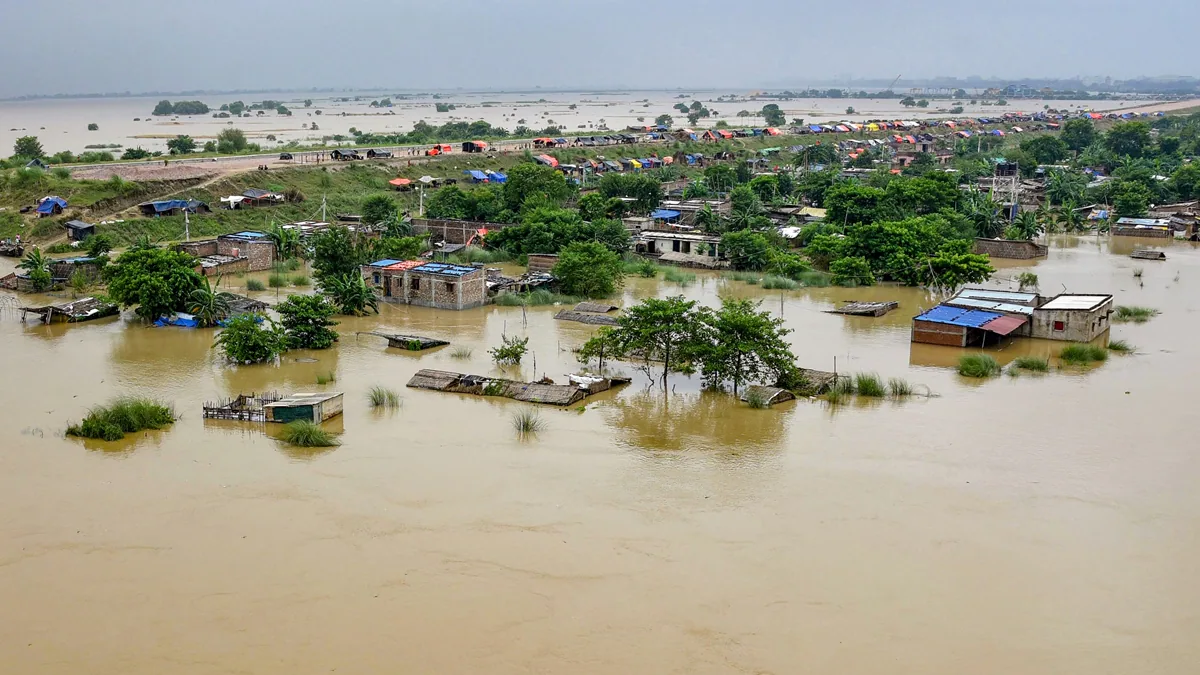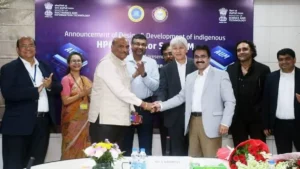Introduction
Welcome to a world where technology and nature collide! In this blog, we’re going to take you on a journey beneath the surface, exploring the incredible ways that Artificial Intelligence (AI) is making waves in the water industry. From conservation to purification, AI is revolutionizing how we interact with water, ensuring a sustainable future for both us and our planet.
Read more: Why everyone is talking about Artificial Intelligence: Workings, future & Risks
1. Smart Water Management Systems
Imagine a city’s water supply managed by AI. Smart systems analyze data in real-time, predicting demand, detecting leaks, and optimizing water distribution. Just like a river flowing smoothly, AI ensures that water reaches every corner efficiently, preventing wastage.
In Singapore, AI is being used to detect leaks in water pipes. The AI system uses acoustic sensors to listen for the sound of water leaking, and it can identify leaks even when they are very small. This has helped Singapore to reduce water losses by up to 30%.
In California, AI is being used to predict water demand. The AI system uses weather data, historical water usage patterns, and other factors to predict how much water will be needed in the future. This information helps water utilities to plan their water supplies more effectively and to avoid shortages.
2. Predictive Maintenance
In the world of water infrastructure, AI acts as a guardian. It predicts when equipment like pumps or pipes might fail, allowing maintenance before any issues arise. It’s like having a crystal ball that helps fix things before they break!
In San Francisco, AI is being used to predict water main breaks. The AI system uses data from historical water main breaks, pipe conditions, and other factors to predict which pipes are most likely to fail. This information helps the San Francisco Public Utilities Commission (SFPUC) to prioritize pipe replacement and to prevent water main breaks.
In Chicago, AI is being used to predict pump failures. The AI system uses data from pump performance, maintenance records, and other factors to predict which pumps are most likely to fail. This information helps the Chicago Water Department to schedule pump maintenance and to prevent pump failures.
3. Water Quality Monitoring
Remember how fish can sense water quality changes? AI does that too! Sensors combined with AI technology can monitor water quality in real-time, identifying contaminants and ensuring that water remains safe for consumption.
Watersight: Watersight is a company that uses AI to monitor water quality in real time. The company’s sensors can detect a wide range of contaminants, including bacteria, viruses, and heavy metals. The sensors are also able to detect changes in water quality caused by algae blooms and other environmental factors. Watersight’s technology is being used by water utilities, businesses, and individuals around the world to ensure that water is safe to drink and use.
Clean Water AI: Clean Water AI is another company that uses AI to monitor water quality in real time. The company’s sensors can detect bacteria and other harmful particles in water. Clean Water AI’s technology is being used by water utilities in the United States and India to improve water quality and protect public health.
4. Flood Prediction and Management
Just like a weather forecaster predicts rain, AI forecasts floods! It analyzes rainfall data, river levels, and historical patterns to predict floods, allowing communities to prepare and minimize damage.
Google Flood Forecasting System: Google has developed a flood forecasting system that uses AI to predict floods up to 72 hours in advance. The system uses data from rainfall forecasts, river levels, and historical flood data to generate flood risk maps. The flood risk maps are then used to warn people in flood-prone areas and to help them prepare for flooding.
FloodsInVis: FloodsInVis is an AI-powered flood forecasting tool that is being used by the European Commission. The tool uses data from weather forecasts, river levels, and satellite imagery to generate flood risk maps. The flood risk maps are then used to help decision-makers make informed decisions about flood risk management.
5. Efficient Irrigation Systems
Imagine fields where crops are watered exactly when needed. AI-powered irrigation systems do just that! They monitor soil moisture and weather conditions, ensuring that plants receive the right amount of water at the right time.
Pivotal: Pivotal is a company that makes AI-powered irrigation systems. The company’s systems use sensors to monitor soil moisture and weather conditions, and they can adjust irrigation schedules accordingly. This helps to ensure that plants receive the right amount of water at the right time, which can lead to improved crop yields and water conservation.
Climate FieldView: Climate FieldView is an AI-powered farm management platform that includes an irrigation module. The irrigation module uses data from weather forecasts, soil moisture sensors, and satellite imagery to create irrigation schedules that are tailored to specific fields and crops. This helps farmers to save water and to improve crop yields.
6. Pollution Detection and Prevention
AI acts as an environmental detective, sniffing out pollution sources. It can detect pollutants in water bodies and trace them back to their origin, helping authorities take swift action to prevent further contamination.
Aquabyte: Aquabyte is a company that uses AI to detect pollution in water bodies. The company’s technology uses cameras and sensors to monitor water quality in real time. The cameras can detect objects such as plastic bottles and oil spills, and the sensors can detect pollutants such as bacteria and heavy metals. Aquabyte’s technology is being used by water utilities and environmental agencies around the world to detect pollution and to track its sources.
ClearBlue: ClearBlue is another company that uses AI to detect pollution in water bodies. The company’s technology uses drones and satellites to collect images of water bodies. The images are then analyzed by AI algorithms to detect pollutants such as oil spills, algae blooms, and sediment. ClearBlue’s technology is being used by oil and gas companies, mining companies, and environmental agencies to detect pollution and to track its sources.
7. Ocean Cleanup Initiatives
AI extends its reach to oceans too! It helps identify areas where ocean cleanup is most needed, guiding efforts to remove plastic and debris. It’s like having a guardian of the seas, working tirelessly to keep our oceans clean.
The Ocean Cleanup: The Ocean Cleanup is a non-profit organization that is using AI to identify areas where plastic pollution is most concentrated in the ocean. The organization uses a system of cameras and sensors to collect data on the location and density of plastic debris. This data is then analyzed by AI algorithms to identify areas where cleanup is most needed. The Ocean Cleanup has already deployed several cleanup systems in the Great Pacific Garbage Patch and the Mediterranean Sea.
IBM: IBM is working with the World Economic Forum to develop an AI-powered platform that can be used to identify areas for ocean cleanup. The platform will use data from satellites, ships, and drones to track the movement of plastic pollution in the ocean. The platform will also use AI algorithms to identify areas where cleanup is most needed.
In Conclusion: A Tide of Transformation
As you can see, AI is a superhero for the water industry. It’s not just about machines; it’s about using technology to make our relationship with water more sustainable and efficient. AI ensures that water flows smoothly, reaches where it’s needed, and stays clean and safe for all of us.
So, the next time you take a sip of water, remember the silent work of AI in the background, ensuring that every drop is precious and used wisely. As we embrace these technological advancements, we’re not just changing the way we interact with water – we’re ensuring a healthier planet for generations to come.








